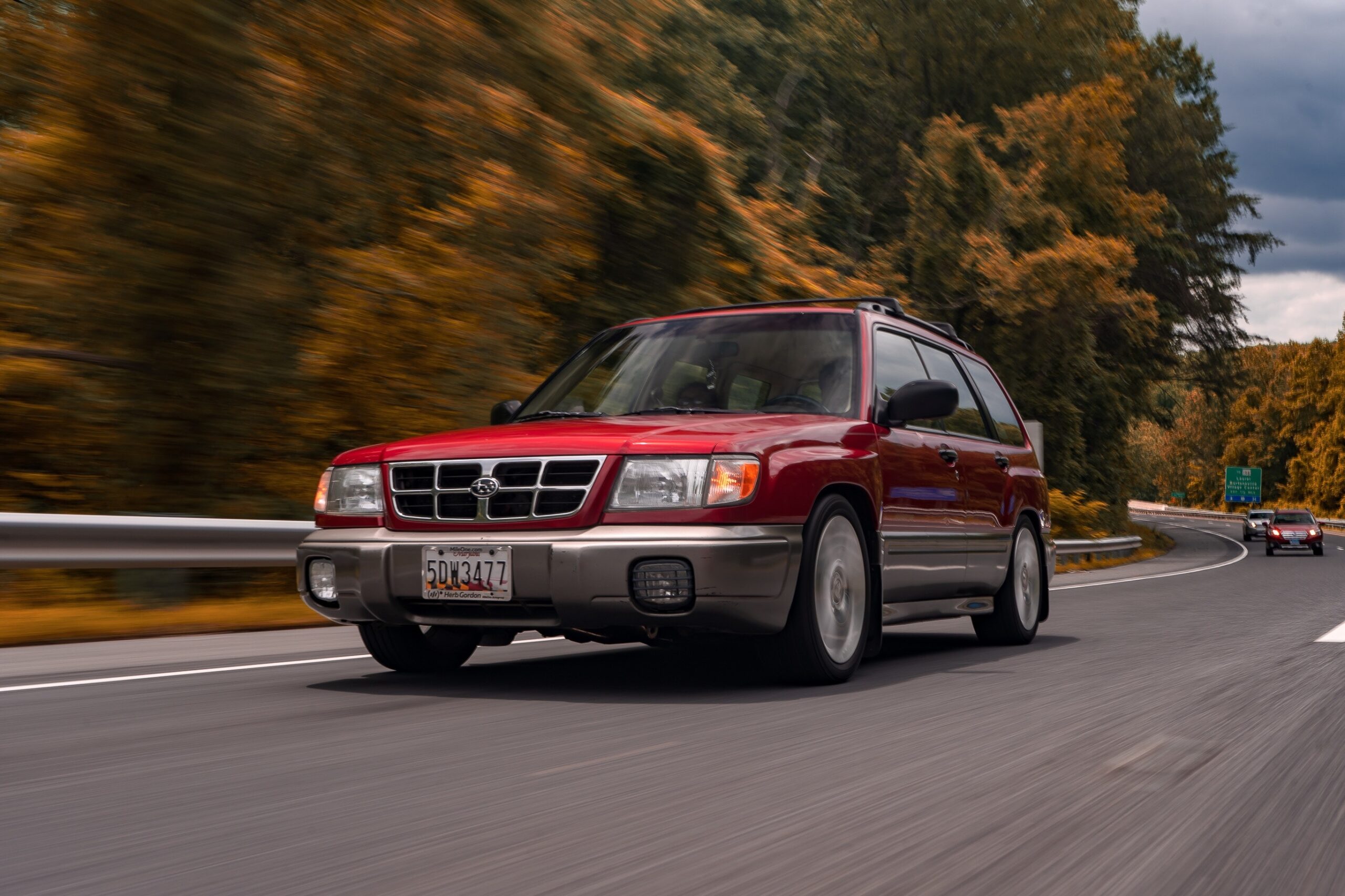Now Reading: A Guide To ATV Law: How To Stay Safe On The Road
-
01
A Guide To ATV Law: How To Stay Safe On The Road

A Guide To ATV Law: How To Stay Safe On The Road
ATVs (all-terrain vehicles) may soon be illegal to drive on city streets and highways in Sedona, Arizona. A recently submitted ordinance proposal argues ATVs aren’t “road safe” as their tires haven’t been approved by the Department of Transportation for street or highway driving. Opponents, on the other hand, say this law may harm local ATV rental businesses, and note ATV-associated fatalities are low, compared to other motor vehicle fatalities. Despite the outcome of this proposal, ATVs are currently street-legal – meaning they can be driven on public roads – in many states across the country. Being clear on the law around ATVs means you can better keep yourself and others safe, and avoid expensive property damage, fines, and injury.
ATV safety
Since ATVsare designed to be driven off-road, they do carry a fair amount of risk. Road safety should therefore be a priority for ATV drivers. For example, unless the vehicle is specifically designed for two people, don’t ride with passengers. Overloading an ATV can easily result in it tipping over, particularly at higher speeds. Unfortunately, OHV (off-highway vehicle) accidents are fairly common, with around 526,900 emergency department-treated injuries associated with OHVs, including ATVs, occuring in the United States between 2016-2020. Anyone involved in a road accident should contact a local experienced attorney to begin the process of claiming rightful financial compensation. While minor accidents may not require legal input, when it comes to serious accidents involving injury and property damage, a lawyer can help determine the best course of action, Torgenson Law, Arizona ATV accident lawyers, explain.
ATV state laws
ATVs are currently street-legal in numerous states, including Ohio, Florida, Utah, Idaho, Michigan, Wyoming, Washington, North and South Dakota, California, Colorado, Massachusetts, Kansas, and Oklahoma. However, to be considered street-legal, ATVs need to be fitted with certain equipment including, high and low beam headlights, speedometer, rear-facing tag holder and tag, brake lights, tail lights, hazard lights, front and rear turn signals, and horn audible from a 250-foot distance. Extra features may also be required in some states. Alaska, for instance, has unique laws surrounding ATVs; ATVs can only be driven when road conditions allow. So, for instance, if a regular car is no longer suitable for use due to heavy snowfall, a street-legal ATV is permitted. ATVs can also be driven in Alaska in areas with poorly-maintained roads and without access to major highways.
Abiding by speed limits
In most states, ATV usage is prohibited on interstate highways and allowed on county roads only. As for speed limits, Tennessee has this set at 25 miles per hour for ATVs, while states like Washington and Nevada have a limit of 45 miles per hour. Since the fastest ATV models can reach 85 miles per hour, it’s important drivers are mindful of speed to avoid speeding tickets.
Although great fun, ATV driving is inherently dangerous. By taking care to abide by the law surrounding ATVs, you can stay safe on the road.










